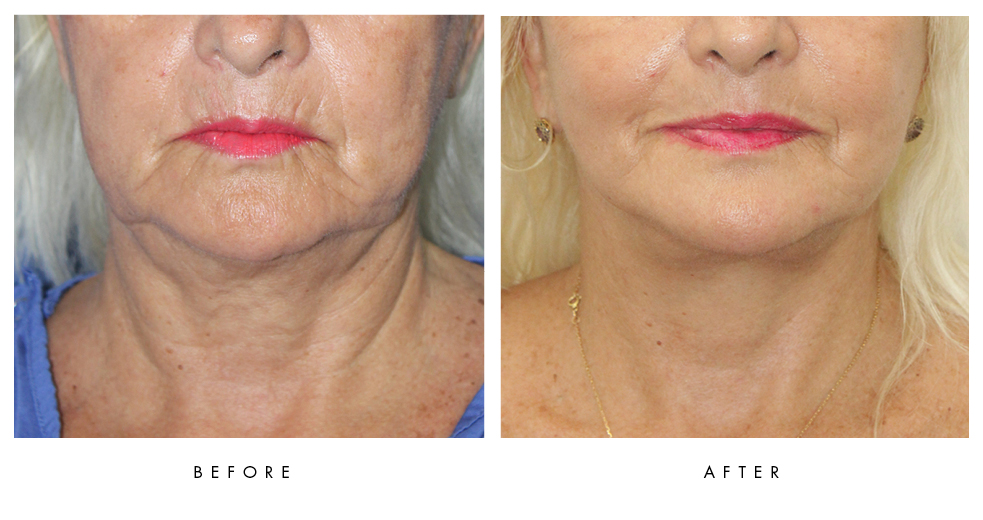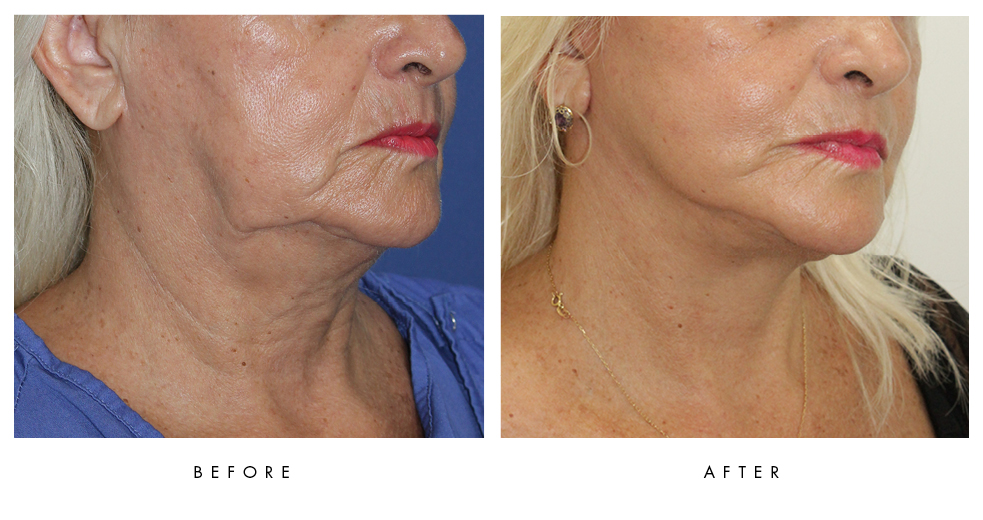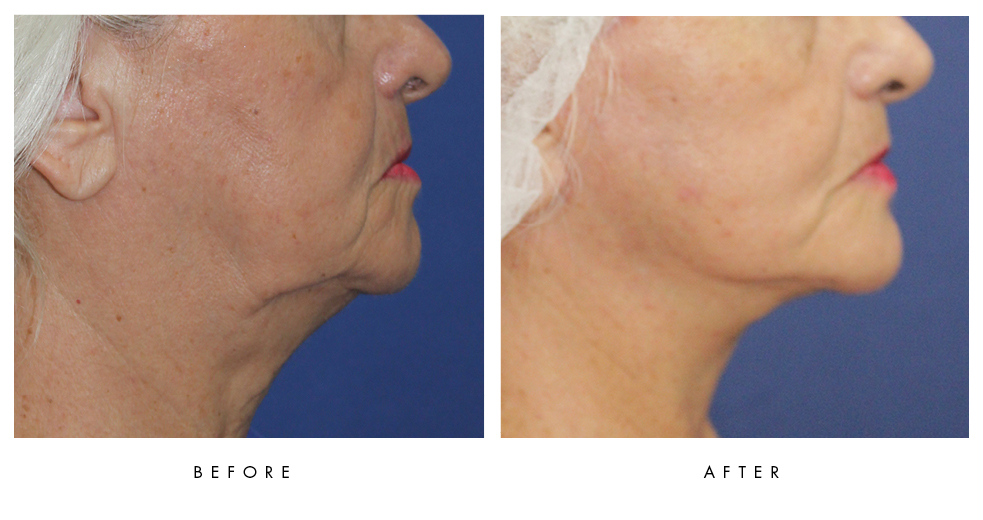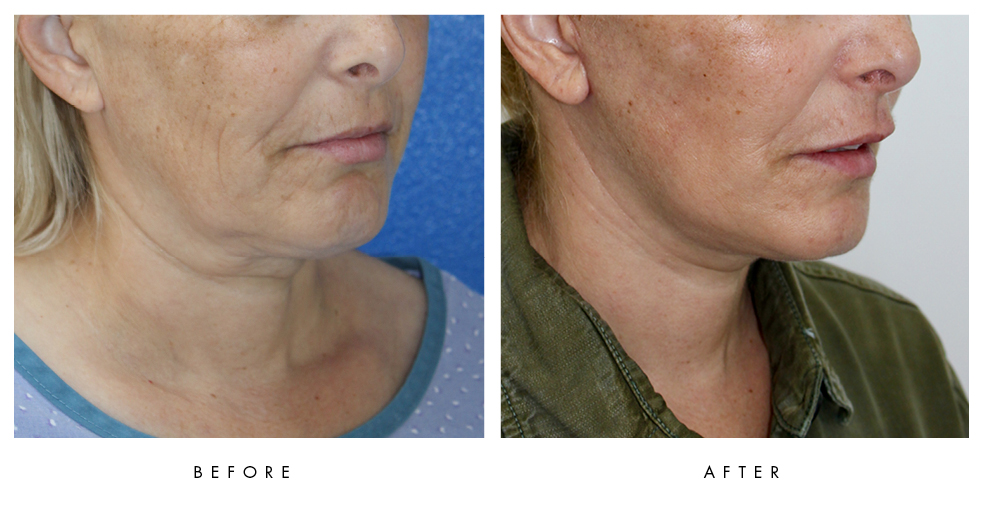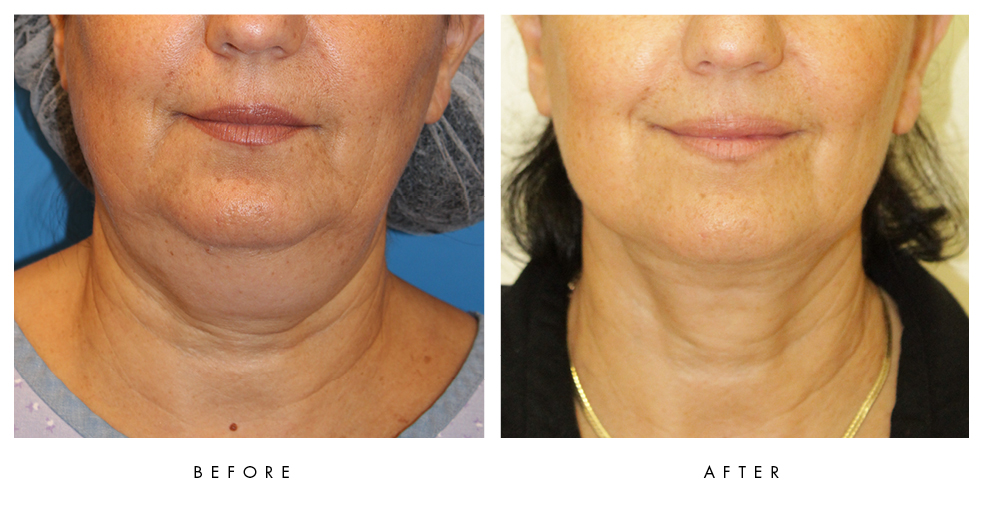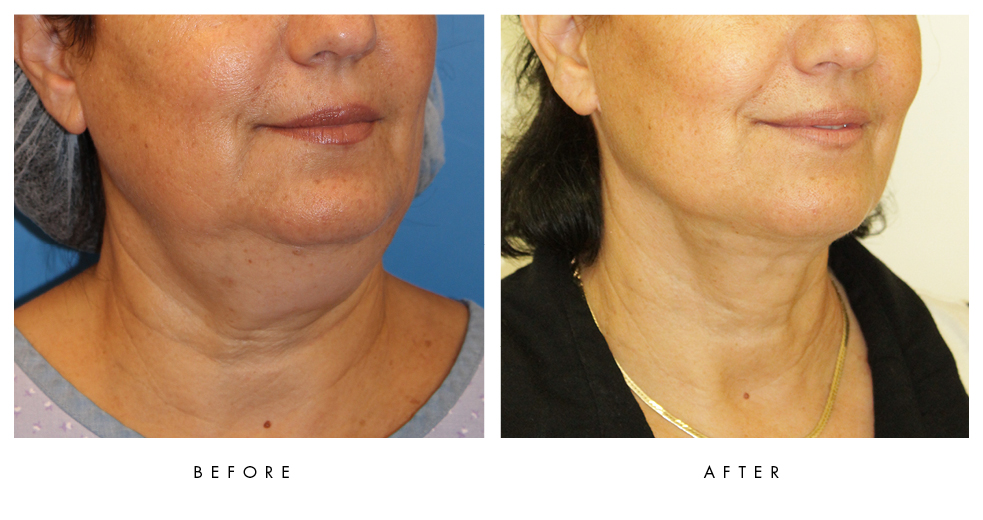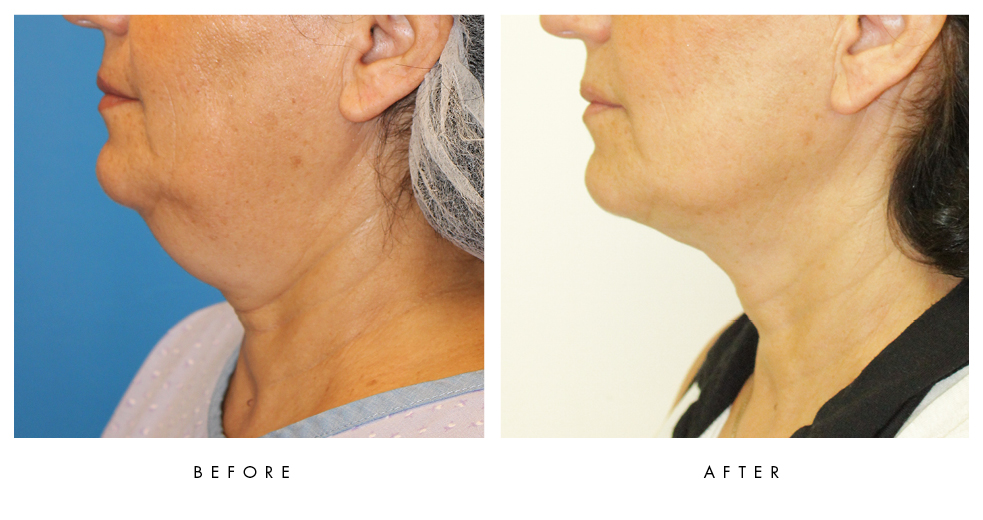FACIAL SURGERY /
Face & Neck Lift
Table of Contents
What is a face lift?
A face lift is a surgical procedure used to improve the appearance of the face and neck.
With time, the face and neck can change:
- The skin can become loose and begin to droop
- Deep wrinkles can appear at the corners of the mouth
- The fat tissue can change
- The jaw line is no longer straight due to drooping of the skin
- A double chin can appear (due to the presence of excess skin under the chin)
Advantages of a Face Lift
With time, the face can appear older with loss of the youthful look as a result of: genetics, thinning of the skin, loss of fat, the effects of gravity and a build up of damage from sun exposure, smoking and stress.
Who is a good candidate for a face lift?
- If you feel that your face looks older or has begun to droop and it makes you uncomfortable or negatively affects your self-confidence.
- If you have a positive outlook and realistic expectations.
- If you are healthy and you don’t have any underlying medical conditions that might affect the healing process.
Face Lift Consultation
During the consult we will get to know one another and we will discuss:
- The reasons you are interested in undergoing a facelift, what expectations you have, what results in you are looking to achieve and what can be done realistically to improve the appearance of your face. (By coordinating expectations, we can increase your satisfaction and alleviate any anxiety you may have regarding the procedure.)
- Your health status and medical history, including any drug sensitivities you might have or what medication, if any, you take regularly and whether or not you smoke cigarettes.
- During the consult, you will undergo an examination of your face and neck. We will determine if there is a need to perform an eyelid lift, brow lift or injection of fat into the face to fill out the volume. You will receive a comprehensive explanation regarding the procedure, where the scars will be located and the recovery process. It is natural to feel anxious or excited prior to our consultation. Understanding the process will help reduce anxiety. You are welcome to ask any questions you may have and discuss any worries during the consultation.
How do I prepare for the procedure?
- We ask that you have laboratory tests prior to the procedure as well as an EKG and chest x-ray if necessary.
- In the event that you are taking medication on a regular basis, we will determine if it should be adjusted for the procedure.
- Avoid taking blood-thinning medications such as aspirin for the two weeks leading up to the procedure and avoid taking anti-inflammatory medications such as Nurofen, vitamin E and Omega 3 for two weeks prior to the procedure as they can increase the risk of bleeding.
- Your blood pressure must be stabilized prior to the procedure.
- Cigarette smoking must be stopped at least one month prior to the procedure and for at least one month following the procedure.
- Please arrange for a companion (friend/family member) to pick you up from the hospital after the procedure.
Steps of the Face Lift Procedure
Step 1: Anesthesia
The procedure is performed under general anaesthesia or local anaesthesia combined with sedation. The appropriate type of anaesthesia will be determined by the medical team following an in-depth evaluation of your personal medical history and the procedure you plan to undergo.
Step 2: The incision
- In some cases, liposuction in the neck area is performed first.
- The incision is typically made at the hairline, continues around the ear and stops at the base of the scalp.
- In the event that only a neck lift is performed, the incision will start in front of the ear, continues around the ear and stops at the base of the scalp.
Step 3: Face and Neck Lift
After the incisions are made:
- The skin of the face and neck will be lifted.
- The face and neck tissues will be stretched.
- The excess skin will be removed.
Step 4: Suturing of the incisions
- The incisions will be closed in layers using dissolvable stitches only.
- There is no need to have the stitches removed.
- The incisions will be covered with dressings.
- The scars will fade within 6-12 months.
Step 5: Results
The initial results will be apparent as soon as the swelling goes down (7-10 days) however the final outcome will be apparent only after a number of months, once all of the swellings in the area has gone down.
What should I expect from the recovery process?
- A dressing or surgical tape will be placed over the incisions and around the face at the end of the procedure.
- Drains (thin tubes) will be inserted during the procedure in order to drain any fluids than may build up during the first night after the operation.
- Following the procedure, you will be transferred to recovery and you will remain in the hospital for the night. You will be discharged the next morning after the dressing and drains have been removed.
- Prior to being discharged, you will receive postoperative instructions from the medical team.
- In certain cases, we will recommend the use of a pressure dressing for 10 days following the procedure and an additional week at night only. The purpose of the pressure garment is to reduce swelling as much as possible during the recovery process.
- Avoid athletic activities during the first 6 weeks after the procedure with the exception of walking.
- You may take pain medication according to the detailed postoperative instructions you receive. Most patients take pain medication for 2-6 days following the procedure.
- Update your physician regarding any changes in your health status.
- Postoperative follow-up visits will be scheduled for one month, 3 months, 6 months and 12 months after the procedure.




